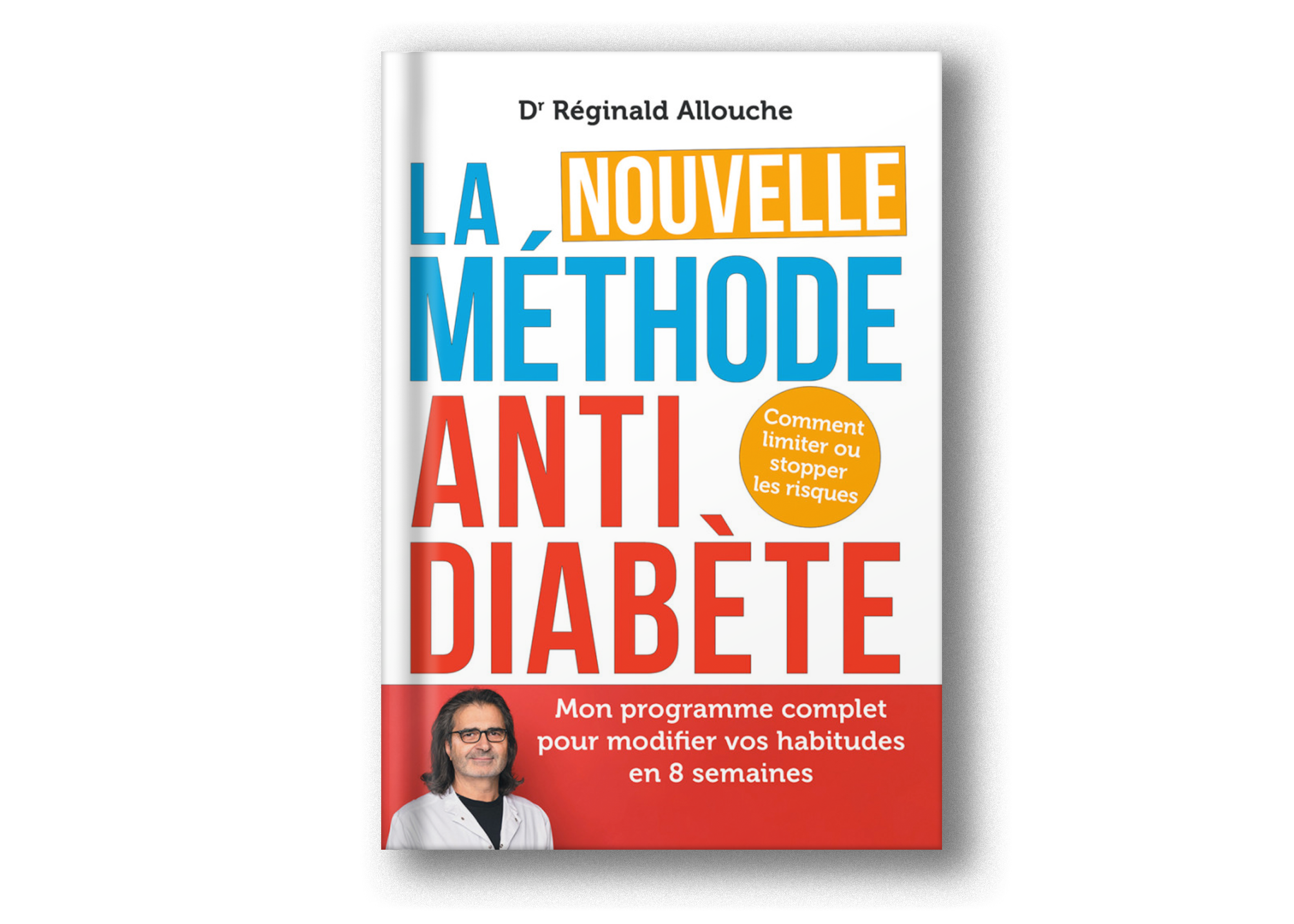Diabetes
Qu'est-ce que le Diabète?
Le diabète de type 2 est une maladie chronique qui survient généralement chez les personnes de 40 ans et plus.
Elle est causée par une combinaison de facteurs, notamment l'obésité et la génétique. Cette maladie provoque des complications graves à long terme, telles que l'insuffisance rénale et la rétinopathie diabétique.
Le traitement implique une alimentation saine et une activité physique régulière, ainsi que des médicaments spécifiques tels que des antidiabétiques oraux et des injections d'insuline.
Il est essentiel de travailler avec un professionnel de la santé pour élaborer un plan de traitement personnalisé pour chaque patient.
Le diabète est une maladie chronique qui touche des millions de personnes dans le monde, avec des conséquences potentiellement graves sur la qualité de vie et la santé en général. Mais avec une compréhension claire et une prévention efficace, nous pouvons faire beaucoup pour atténuer son impact. Je suis le Dr Allouche, et j'aimerais vous aider à comprendre et à prévenir le diabète.
Le diabète est une maladie qui affecte la manière dont votre corps utilise le glucose, une forme de sucre, comme source d'énergie. Normalement, après avoir mangé, votre corps décompose les aliments en glucose qui est alors libéré dans la circulation sanguine. L'insuline, une hormone produite par le pancréas, permet au glucose de pénétrer dans vos cellules pour être utilisé comme énergie.
Dans le diabète de type 1, le système immunitaire détruit les cellules du pancréas qui produisent l'insuline. Les personnes atteintes de cette forme de diabète ont besoin d'injections d'insuline pour survivre.
Le diabète de type 2, qui est beaucoup plus courant, se produit lorsque le corps devient résistant à l'insuline ou lorsque le pancréas ne produit pas suffisamment d'insuline. Le résultat est une accumulation de glucose dans le sang, ce qui peut entraîner une variété de problèmes de santé, allant des maladies cardiaques et rénales aux lésions nerveuses et à la cécité.
Prévenir le Diabète
Il est essentiel de savoir que le diabète de type 2, souvent lié à des modes de vie sédentaires et à une alimentation malsaine, peut être prévenu. Voici quelques recommandations que vous pouvez suivre:
- Adoptez une alimentation équilibrée : Une alimentation saine, riche en fruits, légumes, grains entiers, protéines maigres et produits laitiers faibles en gras peut aider à prévenir le diabète. Essayez de limiter votre consommation de sucre, de graisses saturées et de sel.
- Faites de l'exercice régulièrement : L'activité physique aide à contrôler votre poids, à utiliser le glucose comme énergie et à rendre vos cellules plus sensibles à l'insuline. Essayez d'inclure au moins 30 minutes d'exercice modéré dans votre routine quotidienne.
- Maintenez un poids santé : L'excès de poids, surtout autour de l'abdomen, peut augmenter le risque de diabète de type 2. Atteindre et maintenir un poids santé peut prévenir et même renverser le prédiabète.
- Surveillez votre tension artérielle et votre cholestérol : Des niveaux élevés de cholestérol ou de pression artérielle peuvent augmenter le risque de diabète. Une alimentation saine, l'exercice et la prise de médicaments, si nécessaire, peuvent aider à contrôler ces facteurs.
- Arrêtez de fumer : Le tabagisme peut augmenter le risque de diabète de type 2. Si vous fumez, envisagez de demander de l'aide pour arrêter.
Il est important de noter que la détection précoce du diabète peut considérablement réduire le risque de complications graves. Si vous avez des facteurs de risque, il est essentiel de faire un dépistage du diabète.
Vivre avec le Diabète
Si vous vivez avec le diabète, sachez qu'il est tout à fait possible de mener une vie saine et épanouissante en contrôlant bien votre taux de glucose dans le sang. Cela implique de suivre une alimentation équilibrée, de faire de l'exercice régulièrement, de prendre vos médicaments tels que prescrits, et de surveiller régulièrement votre taux de glucose dans le sang.
En outre, vous devrez également faire des examens médicaux réguliers pour vérifier d'éventuelles complications du diabète, comme les problèmes cardiaques, rénaux ou oculaires.
En somme, le diabète est une maladie grave, mais avec une bonne compréhension, une prévention efficace, et une gestion appropriée, vous pouvez mener une vie saine et satisfaisante. Si vous avez des questions ou des préoccupations sur le diabète, n'hésitez pas à me contacter ou à prendre rendez-vous pour une consultation.
Garder à l'esprit que chaque personne est unique, et que les conseils généraux ne remplacent pas une consultation médicale personnalisée. Ensemble, nous pouvons élaborer un plan qui répond à vos besoins spécifiques et qui vous aide à prévenir ou à gérer le diabète.
Garder à l'esprit que chaque personne est unique, et que les conseils généraux ne remplacent pas une consultation médicale personnalisée. Ensemble, nous pouvons élaborer un plan qui répond à vos besoins spécifiques et qui vous aide à prévenir ou à gérer le diabète.
Pour aller plus loin

Le livre La Nouvelle Méthode Anti-Diabète
Comment limiter ou stopper les risques" propose des tactiques pour contrer le diabète.

Le programme DIABAID
"Diabaid est un programme innovant de 8 semaines, conçu pour vous aider à prendre en main votre santé et à améliorer votre vie avec le diabète grâce à un accompagnement personnalisé, des stratégies éprouvées et des outils virtuels pratiques."